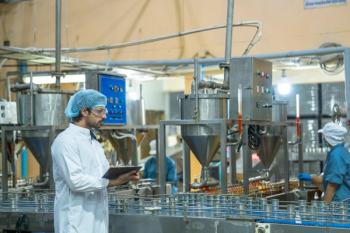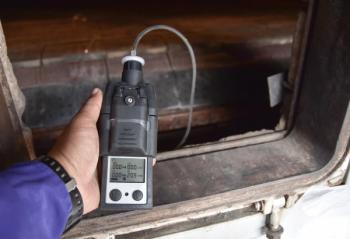
An Inside Look at Conformal Prediction
In this interview segment, Karl Booksh dives deeper into a new technique called conformal prediction, and how his group has been applying it in their research.
At the 2025 SciX Conference in Covington, Kentucky, University of Delaware professor Karl Booksh presented research on classifying 18 types of exotic hardwoods using laser-induced breakdown spectroscopy (LIBS) and machine learning (1). From 700 spectra, stacked models improved classification accuracy (kappa = 0.87) compared to simpler models (0.56) (1). Conformal prediction provided confidence intervals and identified classes with lower reliability, improving model interpretability and robustness. Booksh’s group also develops in-situ chemical sensors integrating surface plasmon resonance, Raman, and fluorescence techniques with chemometrics for environmental, biomedical, and industrial monitoring, focusing on enhancing detection sensitivity and selectivity through advanced modeling and fiber optic design (2).
In the first part of our video interview with Booksh, he discussed a major improvement in classification accuracy using stacked models for differentiating exotic hardwood species (3). In this interview segment, Booksh dives deeper into a new technique called conformal prediction, and how his group has been applying it in their research.
Will Wetzel: How does conformal prediction enhance the interpretability or reliability of classification results for real-world applications, such as timber trade regulation or forensic identification?
Karl Booksh: We're working on this relatively new technique called conformal prediction, which came into the statistical literature a little bit ago. The way people have traditionally gone about putting confidence on a classifier is that they want to say something like “this sample belongs to this class with 75% confidence or with 80% confidence.” Honestly, we really don't know that. All we know is that, were it a member of that class, we would expect to see that sample where it is or further away, 85% of the time that doesn't really tell us what's the probability of it belonging to the class. So conformal prediction flips all this on its head, and it's designed to develop confidence intervals (usually a 95% confidence interval), but it will give you a set of classes that you're 95% confident the true membership of that sample belongs into the set. A really easy way to classify a sample might only have one class in there. But it’s a bit harder to classify samples when they might have two or three classes in it.
This interview clip is the final part of our interview with Booksh. To stay up to date with the latest coverage of the 2025 SciX Conference, click
References
- SciX Conference, Stacked Models and Conformal Prediction to Classify Exotic Hardwoods by Laser Induced Breakdown Spectroscopy. SciX Conference. Available at:
https://scixconference.org/2025-final-program (accessed 2025-10-13). - University of Delaware, Karl S. Booksh. UDEL.edu. Available at:
https://www.udel.edu/academics/colleges/cas/units/departments/chem-biochem/our-people/karl-booksh/ (accessed 2025-10-13). - Wetzel, W. Classifying Exotic Hardwood Species with Stacked Machine Learning Models and LIBS. Spectroscopy. Available at:
https://www.spectroscopyonline.com/view/classifying-exotic-hardwood-species-with-stacked-machine-learning-models-and-libs (accessed 2025-10-15).
Newsletter
Get essential updates on the latest spectroscopy technologies, regulatory standards, and best practices—subscribe today to Spectroscopy.





